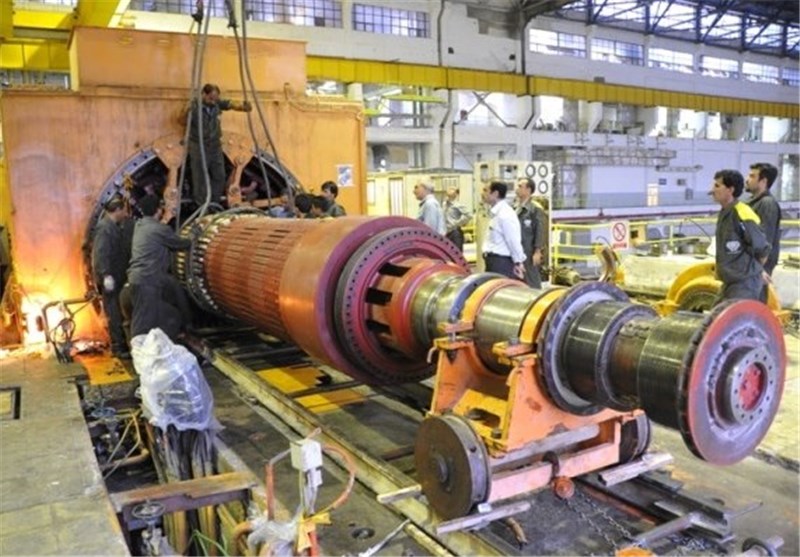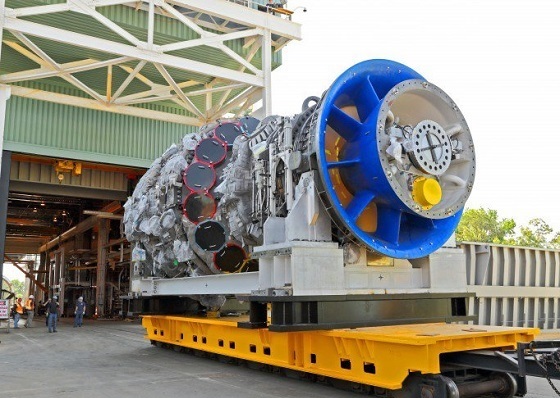بیزینس مانیتور
صنعت زیرساخت در ایران - سه ماهه دوم 2014
BMI Industry View
BMI View: Our outlook for the Iranian construction industry in the short- to medium is turning more optimistic. Although we estimate there was a contraction of 1% in real terms in 2013, we forecast the industry to grow by 1% in 2014 and by an average of 3.8% over the next five years. Our more positive outlook is based on reduced economic sanctions from the West with regards to Iran's nuclear programme, low base effects, and a high demand for infrastructure projects. There are, however, high risks associated with the country's challenging macroeconomic picture and its weak business environment.

The Islamic Republic remains a country of pronounced risks, including political instability, economic challenges and social tensions, and we believe the current situation is unsustainable in the long term.Despite a spike in oil prices, the latest wave of US energy sanctions and the EU oil embargo have taken its toll on Iranian oil production and consequently the economy at large. With the oil and gas industry accounting for an estimated 70% of the country's total exports, the government will be forced to cut public spending further.
Key developments in the industry:
In January 2014, Iran and the so-called P5+1 countries - China, France, Russia, the UK and the US plus Germany - reached an understanding on the implementation of a deal reached in November 2013. The accord starts a six-month timetable to reach a final agreement on the nuclear programme. Although the signing of the interim accord is a positive step in negotiations that could help attract foreign investment for infrastructure projects, significant challenges remain.The Central Bank undertook a de facto devaluation of the rial in July 2013 from IRR12,260/US$ to IRR24,779/US$. This will have an adverse effect on the availability and cost of imported capital goods, exerting yet more pressure on construction company profit margins.In the residential sector, the current administration led by President Hassan Rouhani has put a stop to the Mehr plan, a move which will likely encourage private sector companies to step in and contribute to a gradual decline in housing costs.• We have seen progress on the US$450mn Iran to Iraq gas transmission pipeline. Although the pipeline was expected to be completed already, the section in Iraq was delayed as a result of unstable security and property issues. In fact, 15 Iranians and three Iraqi workers were killed in a pipeline attack in December 2013.

In terms of maritime infrastructure, the Caspian Sea ports of Anzali and Amirabad, in the north of Iran, are to undergo major capacity upgrades to double their loading and unloading capabilities, according to the Head of the Iranian Ports and Maritime Organization (PMO), Ata'ollah Sadr. The port of Anzali will increase its cargo-handling capacity from 8mn tonnes per year to 16mn tonnes. Amirabad, which isalready Iran's largest Caspian Sea port, will go from a 5mn tonnes capacity to 10mn.
With the exception of Russia and China, foreign interest in Iran's construction sector will remain limited, while constrained government finances, persistent project implementation issues and sluggish activity in the oil and gas sector will continue to constrain growth in industry value.
BMI View: Our outlook for the Iranian construction industry in the short- to medium is turning more optimistic. Although we estimate there was a contraction of 1% in real terms in 2013, we forecast the industry to grow by 1% in 2014 and by an average of 3.8% over the next five years. Our more positive outlook is based on reduced economic sanctions from the West with regards to Iran's nuclear programme, low base effects, and a high demand for infrastructure projects. There are, however, high risks associated with the country's challenging macroeconomic picture and its weak business environment.

The Islamic Republic remains a country of pronounced risks, including political instability, economic challenges and social tensions, and we believe the current situation is unsustainable in the long term.Despite a spike in oil prices, the latest wave of US energy sanctions and the EU oil embargo have taken its toll on Iranian oil production and consequently the economy at large. With the oil and gas industry accounting for an estimated 70% of the country's total exports, the government will be forced to cut public spending further.
Key developments in the industry:
In January 2014, Iran and the so-called P5+1 countries - China, France, Russia, the UK and the US plus Germany - reached an understanding on the implementation of a deal reached in November 2013. The accord starts a six-month timetable to reach a final agreement on the nuclear programme. Although the signing of the interim accord is a positive step in negotiations that could help attract foreign investment for infrastructure projects, significant challenges remain.The Central Bank undertook a de facto devaluation of the rial in July 2013 from IRR12,260/US$ to IRR24,779/US$. This will have an adverse effect on the availability and cost of imported capital goods, exerting yet more pressure on construction company profit margins.In the residential sector, the current administration led by President Hassan Rouhani has put a stop to the Mehr plan, a move which will likely encourage private sector companies to step in and contribute to a gradual decline in housing costs.• We have seen progress on the US$450mn Iran to Iraq gas transmission pipeline. Although the pipeline was expected to be completed already, the section in Iraq was delayed as a result of unstable security and property issues. In fact, 15 Iranians and three Iraqi workers were killed in a pipeline attack in December 2013.

In terms of maritime infrastructure, the Caspian Sea ports of Anzali and Amirabad, in the north of Iran, are to undergo major capacity upgrades to double their loading and unloading capabilities, according to the Head of the Iranian Ports and Maritime Organization (PMO), Ata'ollah Sadr. The port of Anzali will increase its cargo-handling capacity from 8mn tonnes per year to 16mn tonnes. Amirabad, which isalready Iran's largest Caspian Sea port, will go from a 5mn tonnes capacity to 10mn.
With the exception of Russia and China, foreign interest in Iran's construction sector will remain limited, while constrained government finances, persistent project implementation issues and sluggish activity in the oil and gas sector will continue to constrain growth in industry value.
مطالب مرتبط

